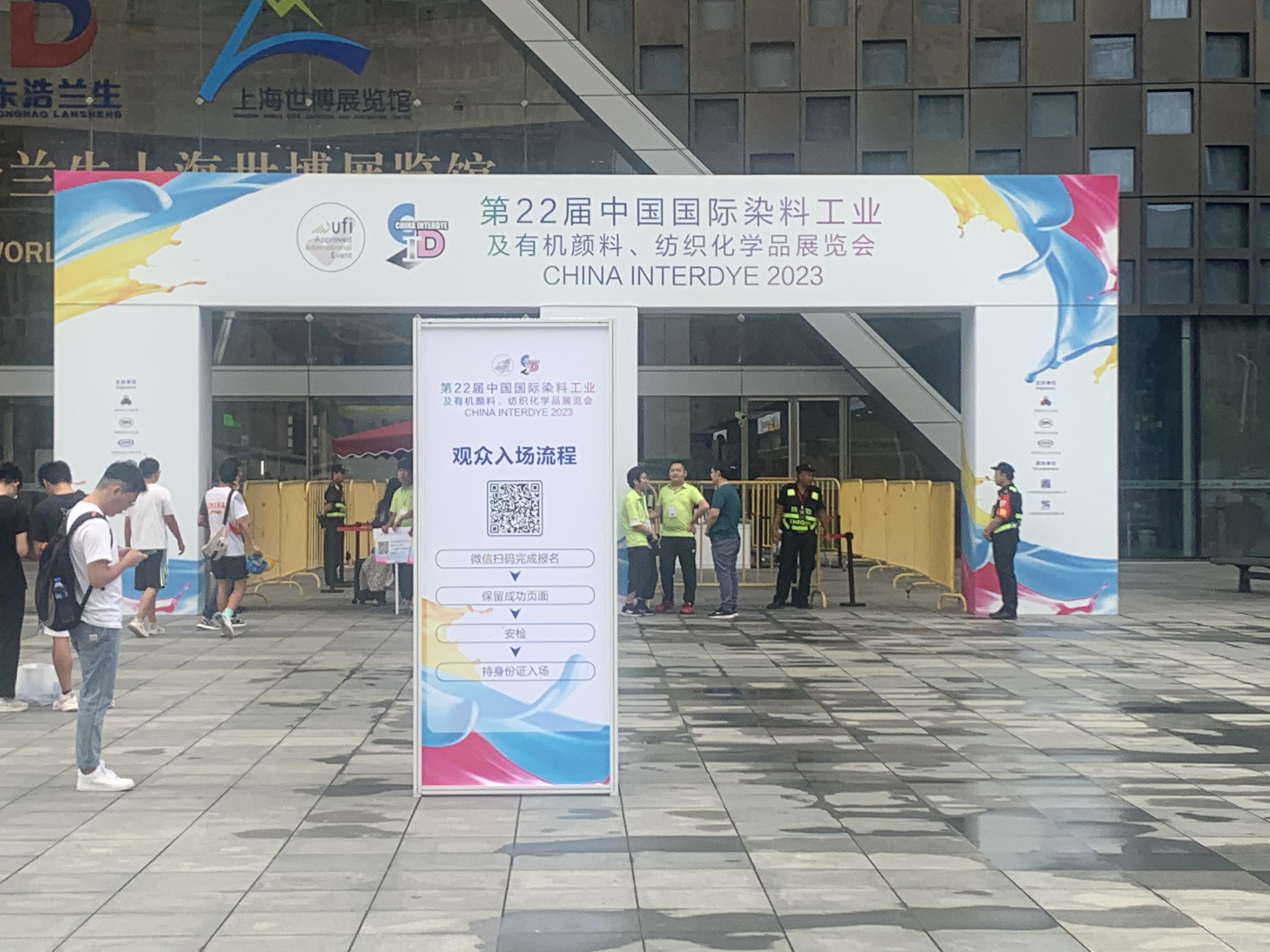Fabric Softening Finishing: Comprehensive Adaptation from Basic to High-End
Upgrading Traditional Softeners
Block silicone oil forms an ultra-thin elastic film on the fiber surface through the lubricating effect of siloxane segments, reducing the friction coefficient between fibers and giving the fabric a silky, fluffy, or (smooth and soft) touch. Compared with traditional amino silicone oil, its segmented structure avoids the limitations of single functional groups:
Polyether-siloxane block silicone oil (e.g., PEG/PPG modified) improves the hygroscopicity of hydrophobic fibers such as polyester, enabling sportswear to be both soft and quick-drying.
Amino-siloxane-polyether ternary block silicone oil (e.g., micro-emulsified type) reduces oxidative yellowing caused by direct exposure of amino groups, suitable for high-colorfastness scenarios such as white shirt fabrics and baby clothing.
(1).png)
Differentiated Handfeel Design
- Imitation of Natural Fiber Texture
In the finishing of silk-imitation (polyester filament) fabrics, block silicone oil controls the length of siloxane segments (e.g., 2000-5000cSt) to simulate the "draping and smooth" feel of real silk, while polyether segments enhance antistatic properties to reduce static electricity in close-fitting garments.
In wool and cashmere fabrics, block silicone oils with branched structures (e.g., star-shaped blocks) can penetrate into the curly structure of fibers to form an "air buffer layer," enhancing the puffiness and anti-felting property of woolens.

Functional Post-Finishing: Endowing Fabrics with Diverse Properties
Wrinkle Resistance and Non-Iron Finishing
Epoxy-siloxane block silicone oil can crosslink with the hydroxyl groups of cellulosic fibers to form a network structure, increasing the wrinkle recovery angle of cotton fabrics (e.g., from 220° to over 300°) and reducing the need for ironing after washing. Such products are often used for "permanent non-iron" finishing of shirt fabrics.
Hydrophilic and Antistatic Finishing
The hydrophilic segments of polyether-type block silicone oil (e.g., EO/PO random block) can absorb moisture from the air, forming conductive pathways on the fiber surface to reduce static electricity accumulation. Typical applications include:
- Workwear for electronics factories (antistatic grade ≤10⁹ Ω);
- Autumn and winter knitted fabrics (reducing "static cling" phenomenon).
Through fluoroalkyl-siloxane block copolymerization (e.g., C6 fluoro structure), a low surface energy layer (surface energy ≤10 mN/m) can be formed on the fabric surface, making it difficult for oil and dirt to adhere. This technology is used in outdoor 冲锋衣 (hard-shell jackets), hotel tablecloths, etc., while maintaining fabric breathability.
.png)
Special Fiber and Process Adaptation
High-Performance Fiber Treatment
In industrial fibers such as aramid and carbon fiber, amino-siloxane block silicone oil can form hydrogen bonds with polar groups (e.g., -COOH) on the fiber surface through amino groups, enhancing the interfacial bonding force between fibers and resins and improving the mechanical properties of composite materials (e.g., bulletproof fabrics, aerospace textiles).
.png)
Digital Printing Pretreatment
Coating agents containing polyether-siloxane blocks can improve the uniform adsorption of water-based inks on fabrics, reduce color bleeding, and give the printed surface a smooth touch, suitable for personalized custom fabrics (e.g., home textile digital printing).
we have block silicone softener
| Type | Name | Replace | Handfeeling | Applied Fabrics |
| Block Silicone | SILIT-3000 | NO | SOFT/SMOOTH | SARI /KNITTING POLYESTER |
| Block Silicone | SILIT-3500 | NO | SMOOTH/FLUFFY | POLYESTER/COTTON |
| Block Silicone | SILIT-3300 | NO | SOFT | POLYESTER/COTTON |
| Block Silicone | SILIT-3800 | NO | SUPER STABLE/ SOFT | PRITNTING FABRICES |
| Block Silicone | SILIT-SRS | MOMENTIVE SRS | FLUFFY/ SOFT | Blanket/Velvet |
| Block Silicone | SILIT-238 | MOMENTIVE 238 | FLUFFY/ SMOOTH | Blanket/Velvet |
| Block Silicone | SILIT-4916 | TRANSFER-4916 | FLUFFY/ SMOOTH/SOFT | Blanket/Velvet |
We specialize in the manufacturing and global distribution of premium textile chemicals:
- Silicone Series: Amino silicone oils, Block silicone polymers, Hydrophilic silicone fluids, and their corresponding emulsion systems
- Performance Enhancers: Wetting & rubbing fastness improvers, Eco-conscious water repellents (Fluorine-free variants, C6, C8 formulations)
- Denim Processing Solutions: ABS indigo removal agents, Specialty enzymes, Spandex fiber protectors, Manganese elimination compounds
Global Market Reach: Exported to major textile hubs including India, Pakistan, Bangladesh, Türkiye, Indonesia, Uzbekistan, and adjacent regions.
Detailed technical specifications available upon inquiry
Contact Us :shanghai Vana Biotech Co., Ltd📍 Address: Room 203, Building 2, No.1588 Huhang Road, Shanghai, China🌐 Website:www.vanabio.com 📱 WhatsApp: Avery +86 15056351624

(1).png)

.png)
.png)

